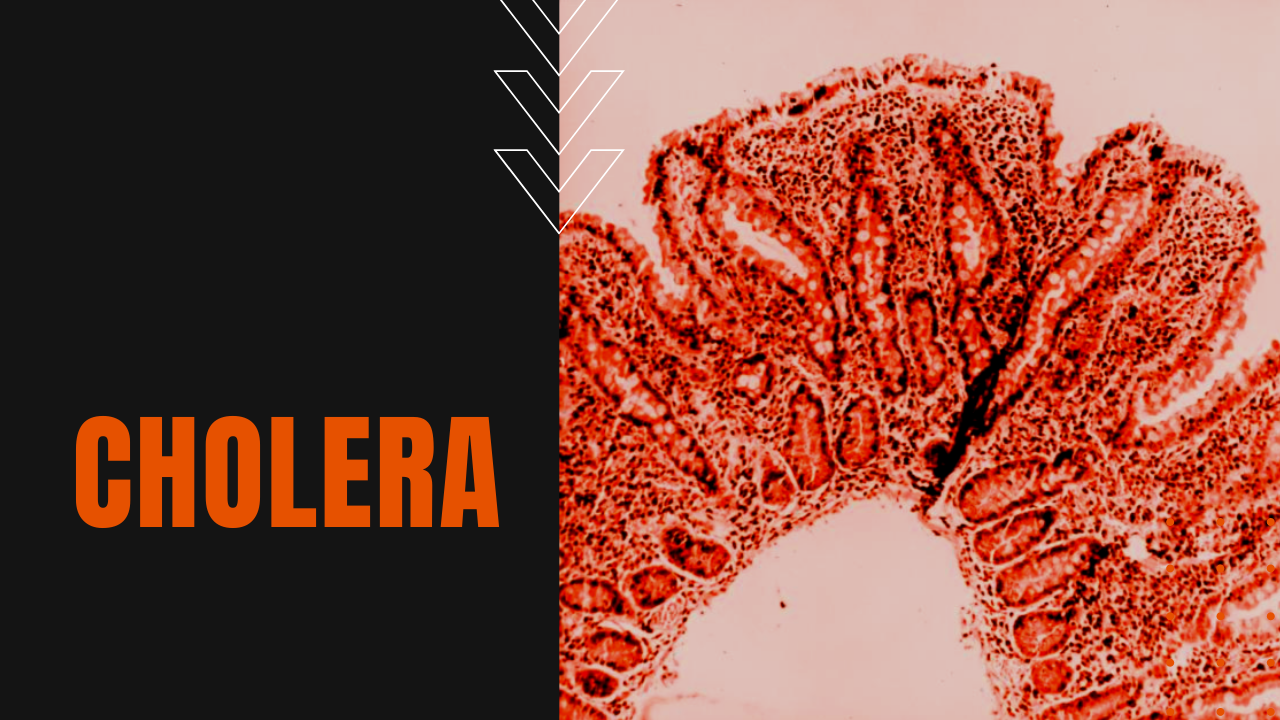What is Cholera: Causes, Symptoms, Transmission and Treatment

Characterized by nausea, vomiting and copious bouts of diarrhea (up to 5.5 gallons a day), untreated cholera patients soon become dangerously dehydrated.
Nearing death, victims display the classic cholera physiognomy of puckered blue lips and cadaverous, sunken facial features. Children between the ages of two and four hold the dubious distinction of the highest rates of infection.
First Cholera Outbreaks and Epidemics
Rooted in the Indian subcontinent, cholera became one of the most widespread and deadly diseases of the 19th century, taking the lives of an estimated 30 million people worldwide. It is estimated that in India alone, 8 million people died from cholera between 1900 and 1920.
Robert Koch
In 1883, while traveling in Egypt with German colleagues, Robert Koch came face-to-face with cholera when an epidemic broke out in Alexandria.
Performing necropsies of the dead, Koch and his team found a bacillus in the intestinal mucosa of persons who had died from cholera. Late in 1883, Koch requested authorization for his team to sail to Calcutta India to investigate a second cholera outbreak.
This time, on January 7th, 1884, Koch announced to the world that he had isolated and identified the Vibrio cholerae bacterium as the bug responsible for the disease. Koch and his team returned to Germany as national heroes.
“First Tuberculosis,” the headlines announced, “now cholera.” In 1900, Russian-born bacteriologist Waldemar Haffkine developed the first vaccine against the disease. Combined with improved sanitation infrastructures in major cities, cholera epidemics have remained largely in check throughout the world.
Recent Cholera Outbreaks
The last major outbreak in the United States occurred in 1910, while an outbreak in 1947 Egypt took the lives of 20,000 victims. In 2010, after a massive earthquake left Haiti with an enormous homeless population and an almost nonexistent sanitation system, cholera struck down over 250 lives when an outbreak erupted in Port-au-Prince. As the Haitian outbreak belies, when given the opportunity, Vibrio cholorae remains a lethal unseen enemy, even to this day.
